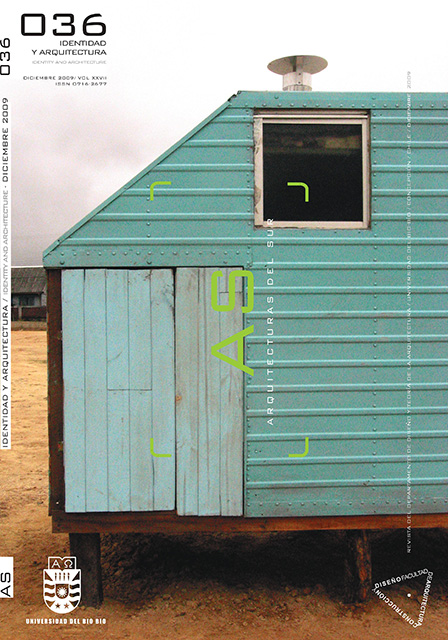Touching the world: Lived space, vision and hapticity
Keywords:
architecture, vision, sense of touch, sense of identity, experienceAbstract
Architecture has predominantly been taught, theorised, practised and critiqued as an art form of the eye. The hegemony of the vision has been strengthened by countless technical inventions that enable us to see inside matter as well as into deep space. However, in creative work, a powerful identification and projection takes place; the entire bodily and mental constitution becomes the site of the work. Touch is the sensory mode that integrates our experiences of the world and of ourselves. An architect or artist works in an embodied manner, a sense of success or failure are sensations of the body rather than products of cognitive knowledge. “Life-enhancing” art and architecture addresses all the senses simultaneously, and fuses our sense of self with the experience of the world. The tendentiously visual culture of our times, and its subsequent optical architecture, has led to a search for a haptical and multisensual architecture, an architecture of invitation.
Downloads
Downloads
Published
How to Cite
Issue
Section
License
The content of the articles published in each issue of Arquitecturas del Sur is the sole responsibility of the authors and does not necessarily represent the opinion of University of the Bío-Bío.
The authors will maintain their copyright; however, they will guarantee the journal the right to first publication and dissemination of their work. The publication of the article in Arquitecturas del Sur will be subject to the Creative Commons International license (CC BY-SA) that allows others to adapt: remix, transform and build on the material for any purpose, even commercially; share: copy and redistribute the material in any medium or format, as long as the authorship and first publication in this journal are acknowledged by citing them correctly, and their new contributions are under a license with the same terms.














 Programa de Información Científica/Concurso Fondos de Publicación de Revistas Científicas 2018/ Proyecto Mejoramiento de Visibilidad de Revistas UBB (Código:FP180007)
Programa de Información Científica/Concurso Fondos de Publicación de Revistas Científicas 2018/ Proyecto Mejoramiento de Visibilidad de Revistas UBB (Código:FP180007) 
